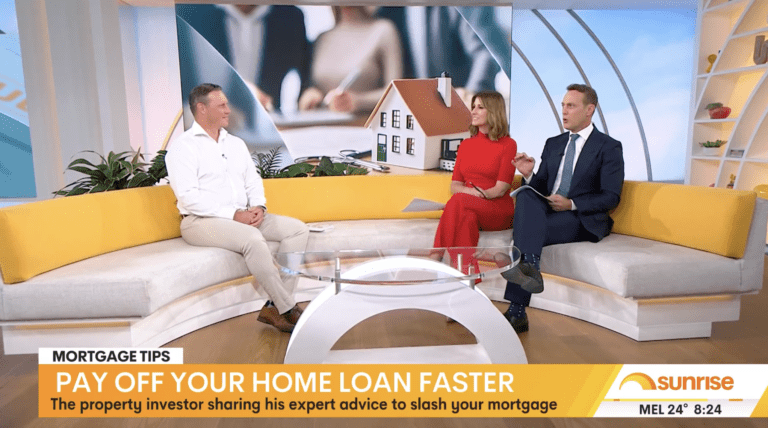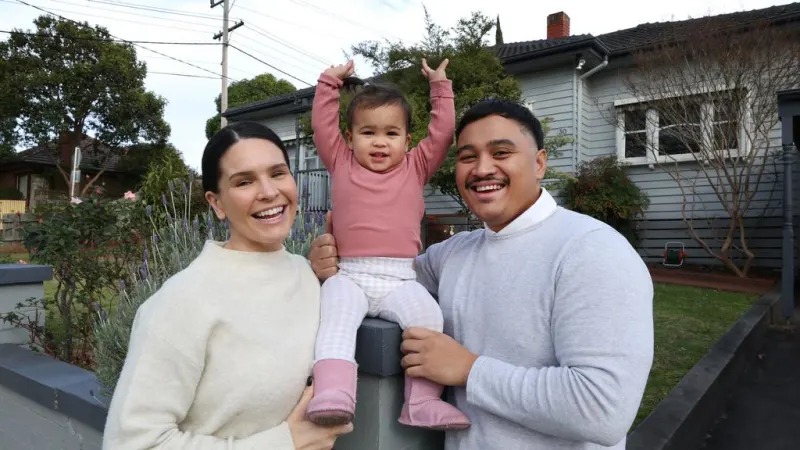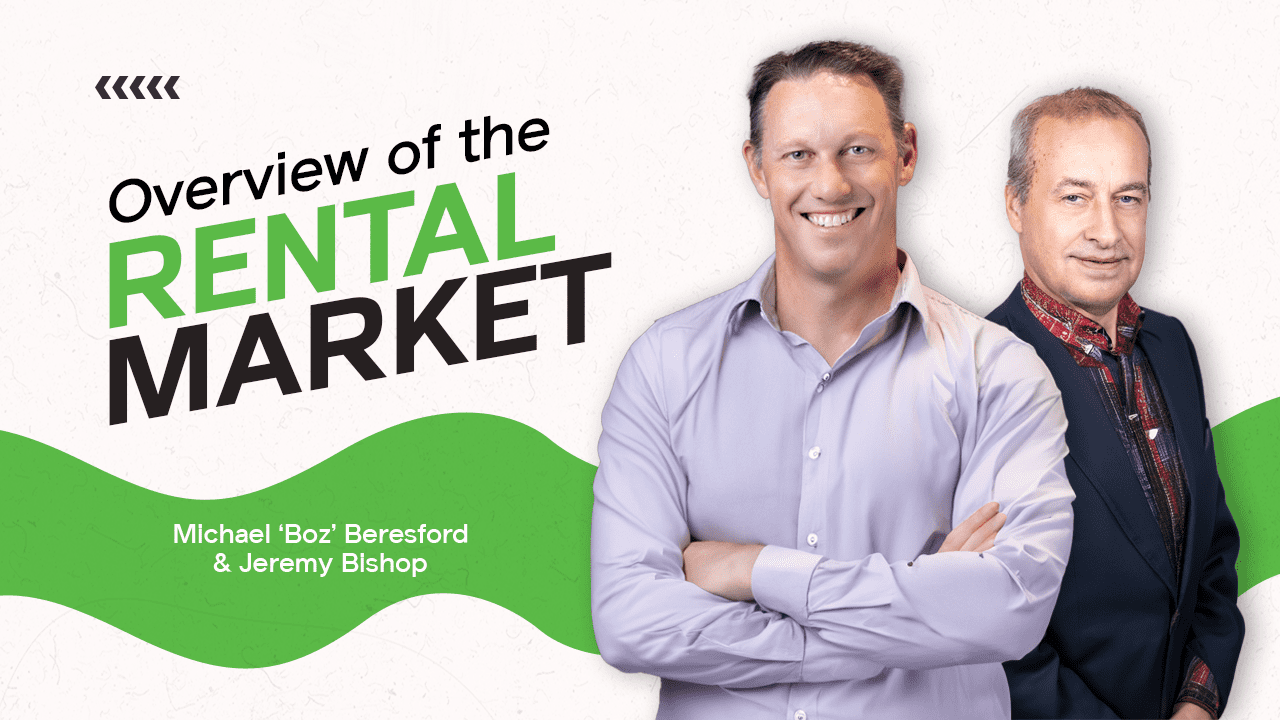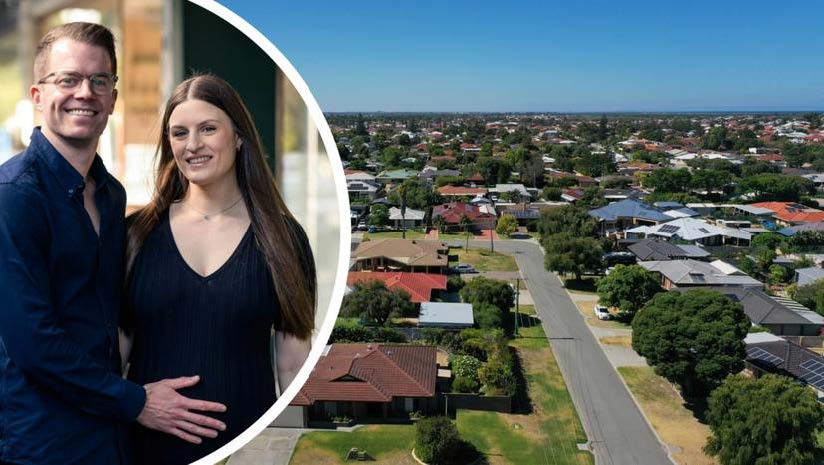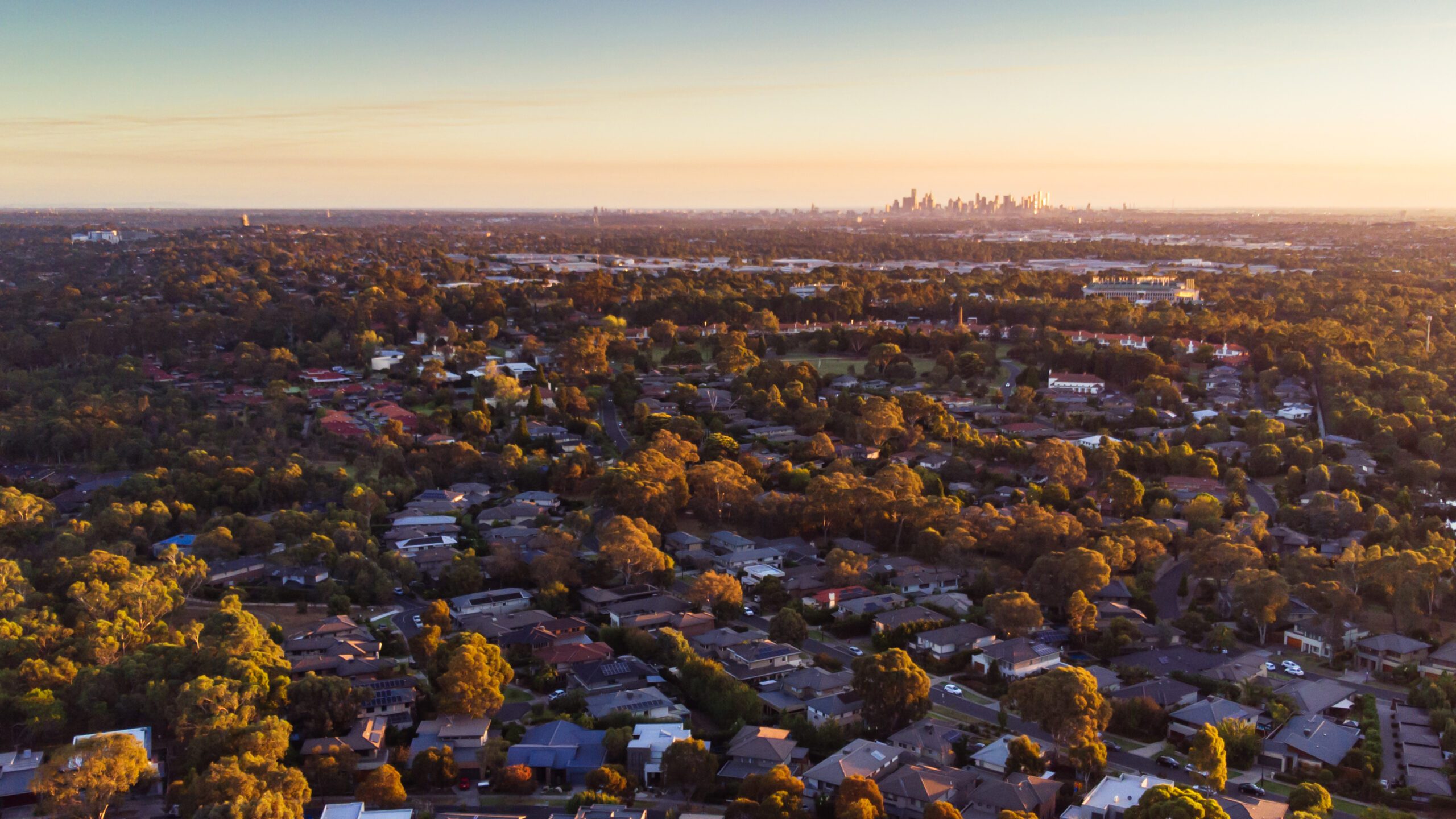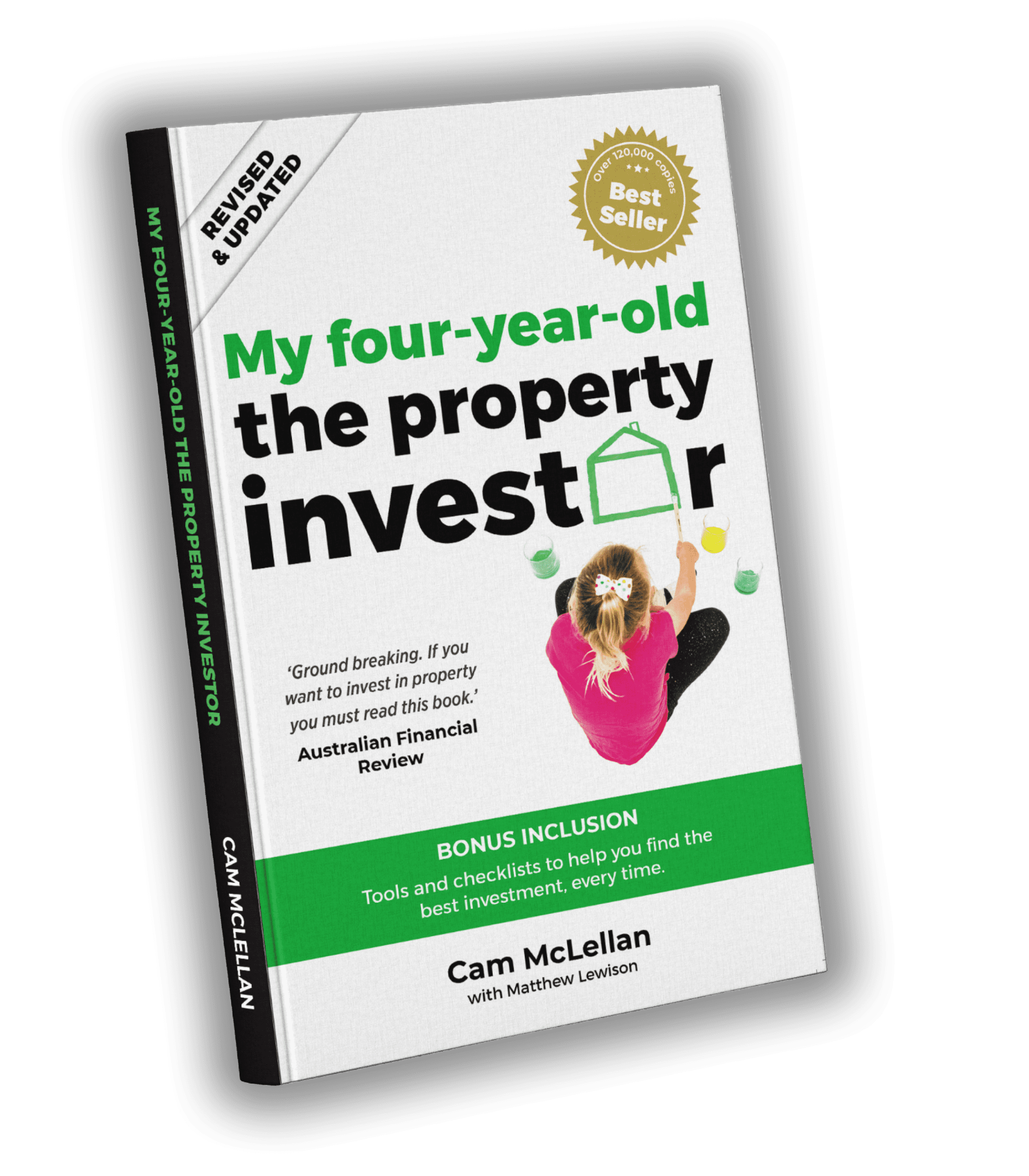Rent where you want to live and free up cashflow to create future growth, says Michael Beresford
It’s the classic property catch 22. You want to get into the property market, but where you want to live and what you can afford are (literally) miles apart.
Do you compromise and buy somewhere 10 stops further along the train line from where you really want to be?
Well, there’s an alternative and it’s called ‘rentvesting’. Quite simply, rent where you want to live, while buying an investment property where you’re going to maximise your return on investment.
We’re all attracted by the great Aussie dream of buying a house in a sought-after suburb that will become the family home, and steadily rise in value over 20 or 30 years – and that’s a wonderful idea if your income will allow it. But most people’s won’t and that’s why so many retirees are reliant on the aged pension.
As an owner-occupier, buying a house in a great suburb that soaks up every spare dollar may not be the best strategy.
At this point many of you will point out that ‘rent money is dead money’, and that’s certainly the case if you’re not doing anything with the rest of it.
Why is rentvesting smart?
Because it’s the most effective way to use your cashflow to live in the location where you want to be while making capital gains.
Unlike owner-occupiers, who generate income from their salary alone, rentvestors have two additional streams of income – rent generated from tenants living in their investment properties, and tax benefits.
Investment properties often pay for themselves, or in a worst-case scenario may cost $100 a week (about $5000 a year) after rental and tax income.
However, if the cost of holding an investment exceeds the rental income, buyers can receive tax credit by claiming these deductions, creating what’s known as ‘negative gearing’. Negative gearing allows out of pocket investors to claim a tax deduction on their holding costs and depreciation.
We know that about 80% of Australians rely on the pension because their investment strategy was to buy the family home as their first property, then scrimp and save to pay it off.
You probably want to see some figures to back this theory up, so check out this video where I go into the financial details of how to make rentvesting work for you, using the example of a $700,000 house (which is around the Melbourne median price) to buy as an owner-occupier, or a $500,000 house as an investment.
Everyone has a finite cashflow, so it’s how you use that cashflow to live the best lifestyle possible and get the best financial result, rather than sinking it all into a mortgage that leaves you financially hamstrung for years.
In short, the costs and growth of owning an investment property (or several investment properties) while renting work out much better in the long term than buying a home as an owner-occupier.
Australia’s growing population means investors can be relatively confident in achieving significant compound growth, which essentially means creating growth on growth.
When would you stop rentvesting?
Once you’ve got your family situation settled, and you know exactly where you want to be living (and will be happy living in that house for 20 years or more) is when you should buy your own home.
Before then, it boils down to a choice between the freedom to paint the walls bright green, or creating hundreds of thousands of dollars’ worth of wealth by being smart about rentvesting.
So you can stay where you want to live while building an investment portfolio – and you may even be able to order that smashed avocado on toast!
